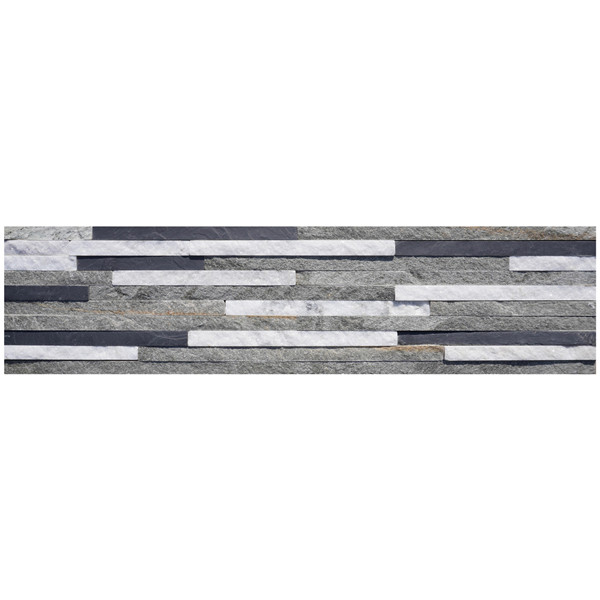Introduction
Cultured stone panels have become a popular choice for both interior and exterior design projects due to their versatility, durability, and aesthetic appeal. These panels offer a cost-effective alternative to natural stone, while providing the same sophisticated look and feel. In this comprehensive guide, we will explore the various aspects of cultured stone panels, including their composition, installation process, maintenance requirements, and design possibilities.
Composition of Cultured Stone Panels
Cultured stone panels are manufactured using a blend of cement, aggregates, and pigments that are molded and colored to mimic the appearance of natural stone. The result is a lightweight and durable material that closely resembles the texture and color variations of authentic stone. This composition allows for a wide range of design options, including different shapes, sizes, and finishes, making cultured stone panels a versatile choice for various architectural styles.
Installation Process
The installation process of cultured stone panels is relatively straightforward, making it a popular choice for both professional contractors and DIY enthusiasts. The panels are typically attached to a substrate using adhesive or mortar, depending on the specific application. Proper installation techniques are crucial to ensure the panels are securely fastened and aligned correctly, resulting in a seamless and professional finish.
Maintenance Requirements
One of the key advantages of cultured stone panels is their low maintenance requirements compared to natural stone. These panels are resistant to moisture, mold, and mildew, making them ideal for use in high-moisture environments such as bathrooms and kitchens. Regular cleaning with a mild detergent and water is usually sufficient to keep cultured stone panels looking their best. Additionally, sealing the panels periodically can help enhance their longevity and protect them from stains and discoloration.
Design Possibilities
Cultured stone panels offer endless design possibilities for both residential and commercial projects. From rustic and traditional to modern and contemporary styles, these panels can be customized to suit a wide range of aesthetics. Whether used as a focal point in a fireplace surround, as an accent wall in a living room, or as an exterior cladding on a building facade, cultured stone panels add texture, depth, and visual interest to any space.

Applications of Cultured Stone Panels
Cultured stone panels can be used in a variety of applications, both indoors and outdoors. Some common uses include:
1. Fireplace Surrounds: Cultured stone panels are a popular choice for creating stunning fireplace surrounds that add warmth and character to any room.
2. find out here now : Whether used in a living room, bedroom, or dining area, cultured stone panels can create a dramatic focal point that enhances the overall design of the space.
3. Exterior Cladding: Cultured stone panels can be used to enhance the curb appeal of a home or commercial building, adding texture and visual interest to the facade.
4. Kitchen Backsplashes: Cultured stone panels are a durable and stylish choice for kitchen backsplashes, providing a practical and aesthetic solution for protecting walls from splashes and spills.
5. Outdoor Living Spaces: Cultured stone panels are ideal for enhancing outdoor patios, fire pits, and other outdoor living areas, creating a seamless transition between indoor and outdoor spaces.
Benefits of Cultured Stone Panels
There are several benefits to choosing cultured stone panels for your design projects, including:
1. Cost-Effective: Cultured stone panels are typically more affordable than natural stone, making them a budget-friendly option for homeowners and designers.
2. Lightweight: Cultured stone panels are lightweight and easy to handle, reducing installation time and labor costs.
3. Durable: Cultured stone panels are resistant to chipping, cracking, and fading, ensuring long-lasting beauty and performance.
4. Versatile: Cultured stone panels come in a wide range of colors, shapes, and finishes, allowing for endless design possibilities.
5. Eco-Friendly: Cultured stone panels are manufactured using sustainable materials and production processes, making them an environmentally friendly choice for eco-conscious consumers.
Conclusion
Cultured stone panels offer a versatile, durable, and aesthetically pleasing alternative to natural stone for a wide range of design applications. From interior accent walls to exterior cladding, these panels provide endless design possibilities that enhance the beauty and functionality of any space. With their low maintenance requirements and cost-effective pricing, cultured stone panels are an excellent choice for homeowners, designers, and builders looking to add a touch of sophistication and elegance to their projects.
